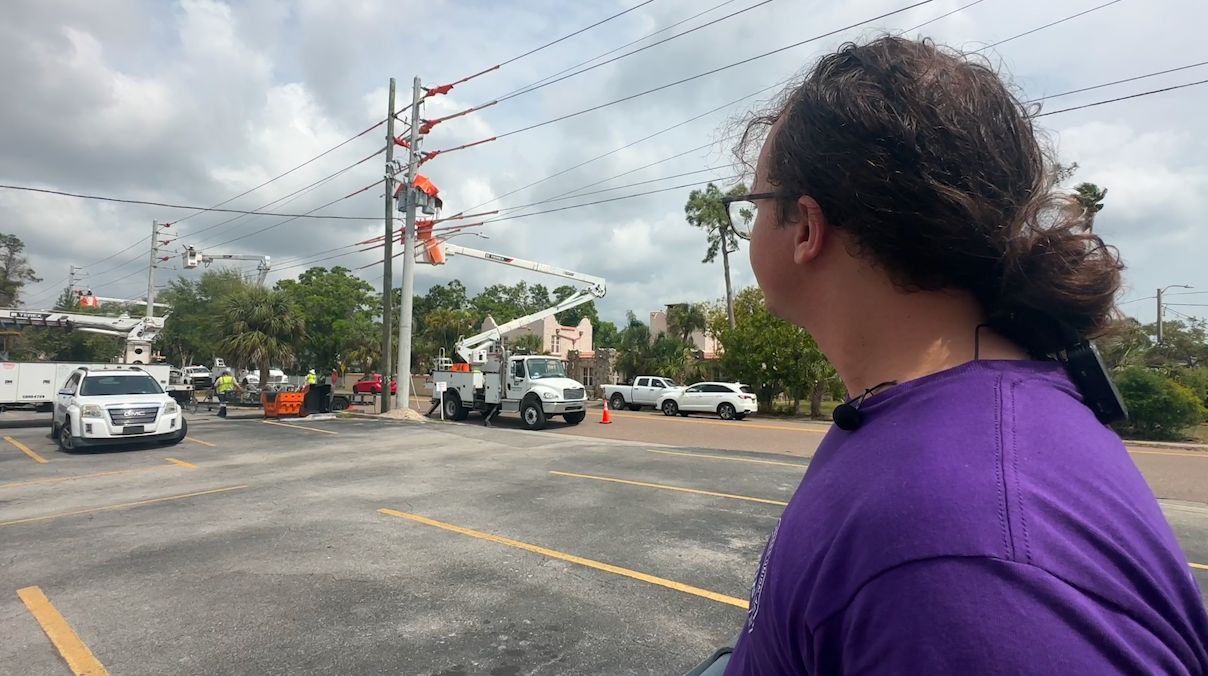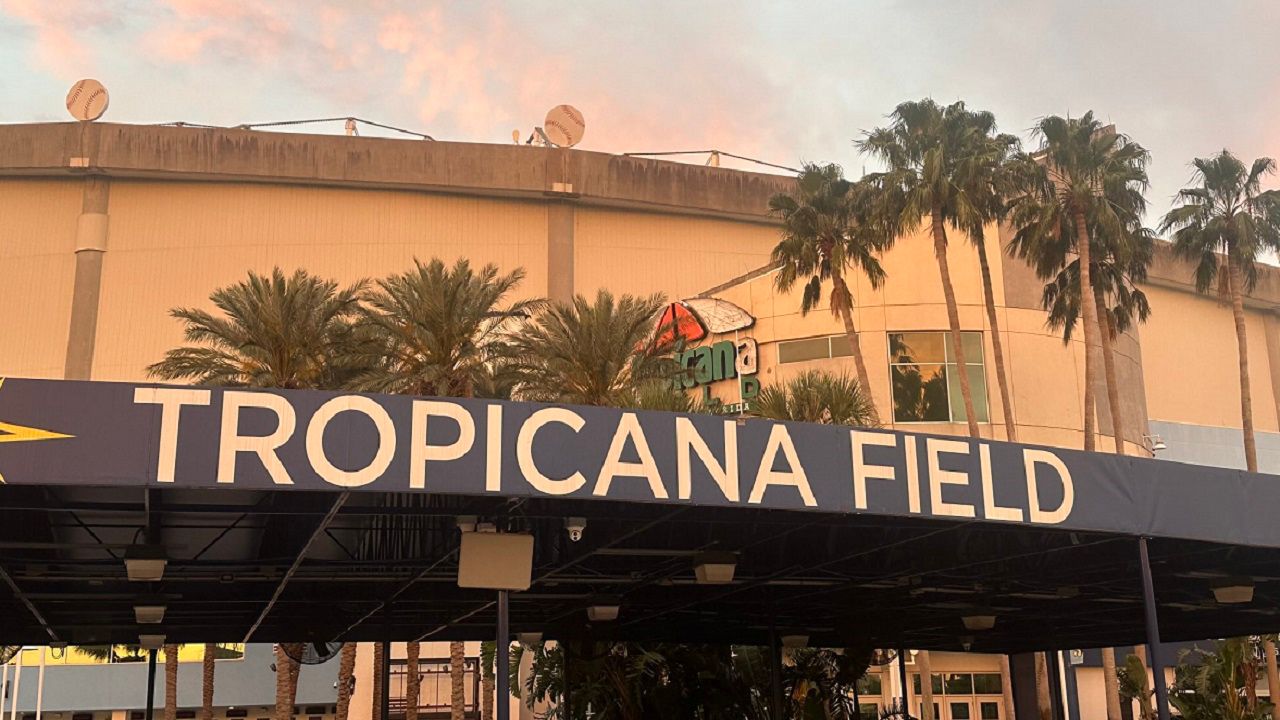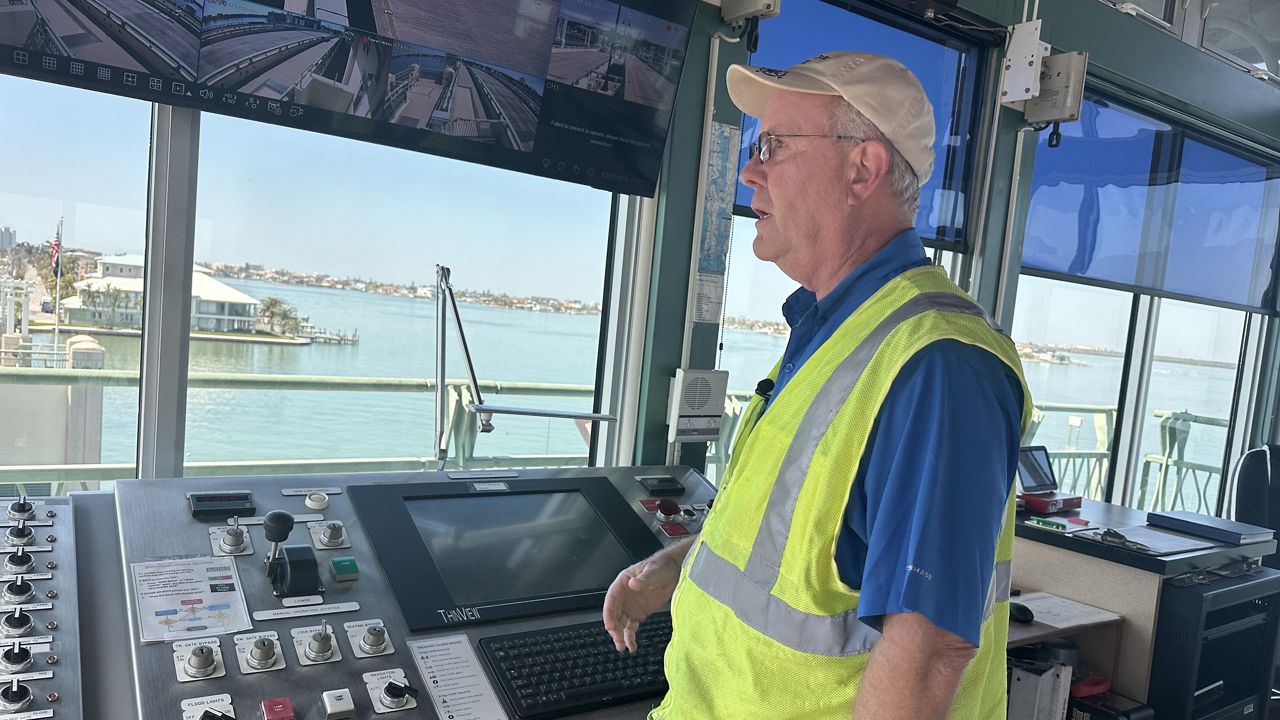ST. PETERSBURG, Fla. — When the State of Florida gave the Seminole Tribe full control over sports betting, the agreement was the state would get a share of the proceeds. Gov. Ron DeSantis signed a bill into law that dictates where that roughly $750 million each year will go, and some of it will be for environmental projects across the Tampa Bay area.
A lengthy list of projects to reduce localized flooding and improve water quality made the list, as well as a $100 million for the Resilient Florida Program.
The Florida Flood Hub in St. Pete received funding through the Resilient Florida Program. Its goal is to model and predict how flooding will affect Florida in the future, so informed decisions can be made at the state and local levels on the best ways to mitigate flood risks.
“We’re trying to draw together all of the best possible approaches and say here’s the statewide approach,” said Charles Jacoby with the Florida Flood Hub.
Researchers with the Florida Flood Hub are looking at models for sea level rise and rainfall patterns to focus on what’s called “compound flooding.”
“We need predictions because the climate is changing,” Jacoby said. “So our past data doesn’t hold as well as the climate changes.”
In addition to the funding for the Resilient Florida Program and the Flood Hub’s research, $150 million will go toward improvements to the South Florida Water Management District, $100 million will go to the management of uplands and the removal of invasive species, $100 million will go to land acquisitions to support the wildlife corridor, and $79 million for the Water Quality Improvement Grant Program.









